What Are Phrasal Verbs?
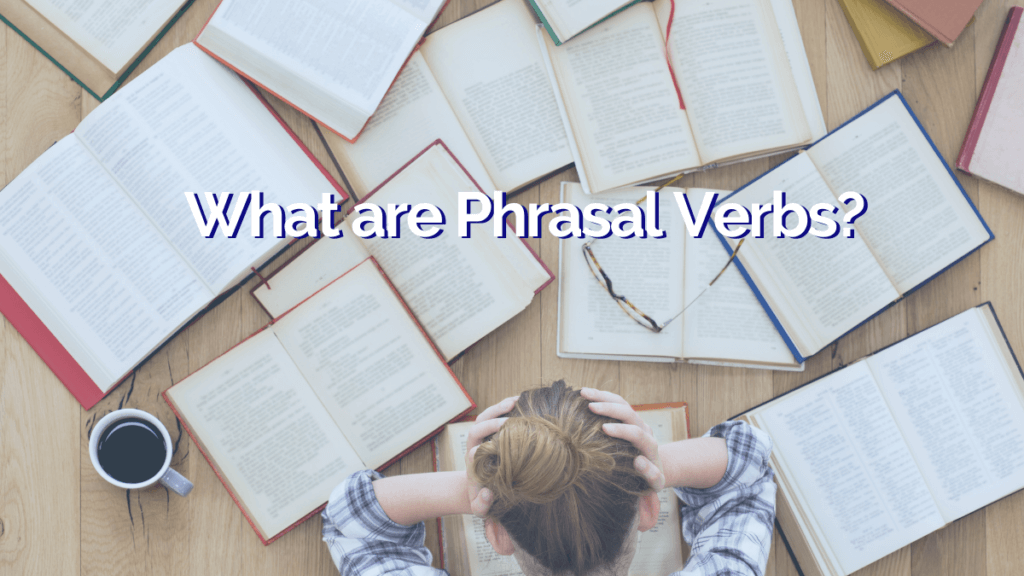
As an English learner, I imagine you’ve struggled with the grammar of phrasal verbs many times. Yes? Well, you’re not alone. They are notoriously difficult for English learners to master.
This blog will give you a brief introduction (and some examples) to the world of phrasal verbs. I’m also going to let you in on a secret weapon that will help you in your battle to figure out phrasal verbs – our new phrasal verbs course.
In English, we use this verbs all the time. We use them to give commands, to express an opinion, to share stories. They’re such an important part of the English language because we use them in almost all conversations.
What is a phrasal verb?
This verbs consist of a root verb (such as go, put or set) and an adverb and/or preposition (such as away, on or out).
For example: go away (verb + adverb).
‘Go away’ means to leave a place or person’s company.
Inseparable phrasal verbs
Inseparable phrasal verbs can’t be separated which means they must remain in their original form.
Here’s an example using the phrasal verb ‘fall back on’ which means to have something to use when you are in difficulty. ‘If you don’t focus on your education and pass your exams you’ll have nothing to fall back on in life.’
Separable phrasal verbs
Some phrasal verbs can be separated. This happens when we insert an object or pronoun. You can put an object between the verb and the preposition/adverb or after the phrasal verb, just like we do for inseparable.
It’s important to note that it is a choice to separate a phrasal verb as it can be used in its non-separated form.
For example: ‘Pick up the washing’ vs ‘Pick the washing up.’
Transitive Phrasal Verbs
Phrasal verb that require an object within the sentence are called transitive phrasal verbs. If the sentence is without an object (meaning it only contains the phrasal verb) then the sentence is incomplete.
Here’s an example: ‘She looks after the dog.
Intransitive Phrasal Verbs
Phrasal verbs which don’t require an object in the sentence are intransitive. The sentence makes complete sense without an object.
Here’s an example: ‘The car broke down.’
Figurative or Literal
A literal meaning is a true, real or physical meaning.
For example, the ‘put up‘ has multiple meanings. It can be both literal and figurative. Here’s an example of a literal meaning: ‘I need to put the posters up‘.
In this context, by saying ‘put the posters up’ what I mean is, I am putting the posters on the wall. I am literally putting them on the wall so this is a literal meaning.
A figurative meaning is a concept, idea or metaphor. Here’s an example: ‘I’ll put you up for the night.’
In this context, ‘put up’ means to let someone stay the night. It is a figurative meaning as nobody is literally putting anything/anyone up.
What to expect from the course
There are thousands of phrasal verbs in English and it can be overwhelming for English students to learn each of them individually. In my experience of teaching students from all over the world, the best strategy is to study this verbs one theme at a time. That’s why I created the Figure Out Phrasal Verbs course in the Intrepid English Academy.
In the course, you will learn dozens of phrasal verbs covering a variety of different themes. You will study these about sport, love, nature, business meetings, negotiations, and many more. You will learn the grammar in context – accompanied by audio recordings of native English speakers using this verbs in conversation.
Throughout the course, you will be asked if the phrasal verb in question is separable or inseparable and if the meaning is literal or figurative. Don’t worry, I will explain the rules again in greater detail at the beginning of the course to make sure you have understood these points. So you can study lots of new vocabulary and grammar, take notes and test your knowledge regularly.
We also have a Community of English learners to practise with. Write your own sentences in our Figure Out Phrasal Verbs forum or book a lesson with one of our teachers who will correct any mistakes.
You’ll be confidently using new phrasal verb in your English conversations very soon!
This content was written and recorded by Intrepid English Teacher Thomas.

You can find out more about Thomas on his Intrepid English Teacher Profile Page.
Book a free trial lesson today to discuss this topic in more detail, and talk about your English learning goals with an experienced and friendly native English teacher.
If you have any questions, or you would like to request a topic for a future blog, you can contact us using the chat box, send us an email, or even drop us a message on any of our social media channels.
Thanks for subscribing to our newsletter!
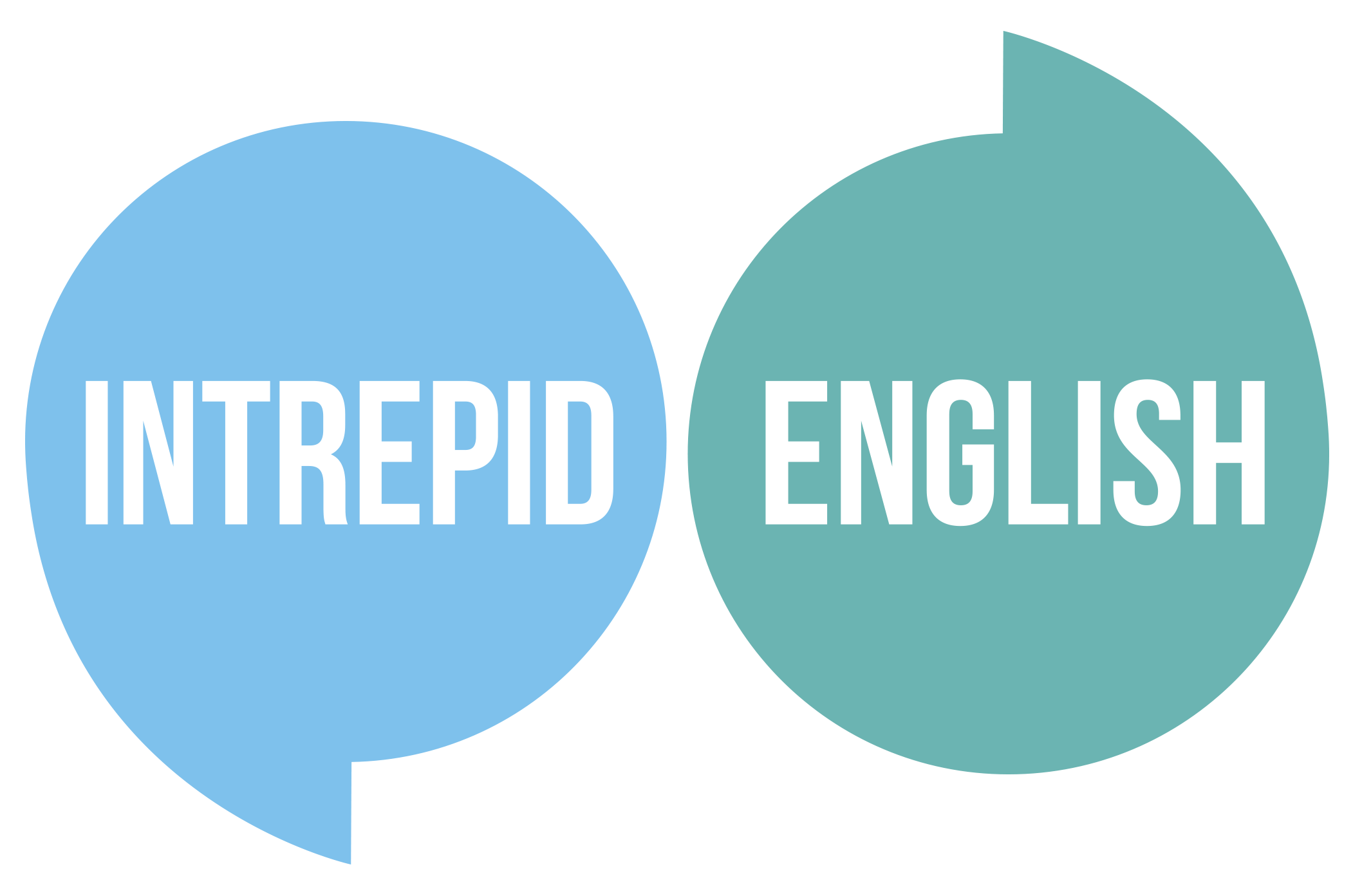
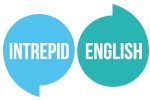
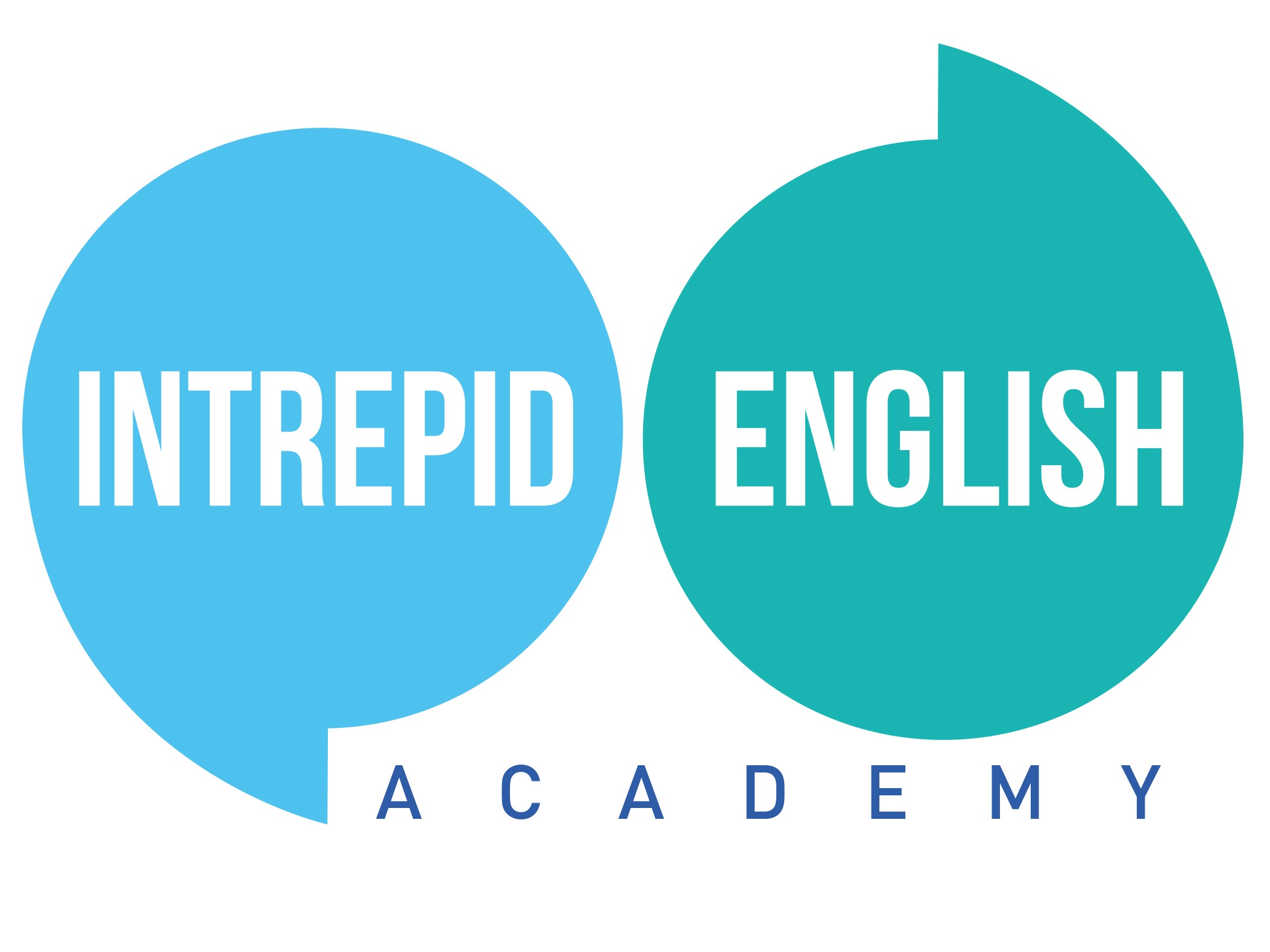

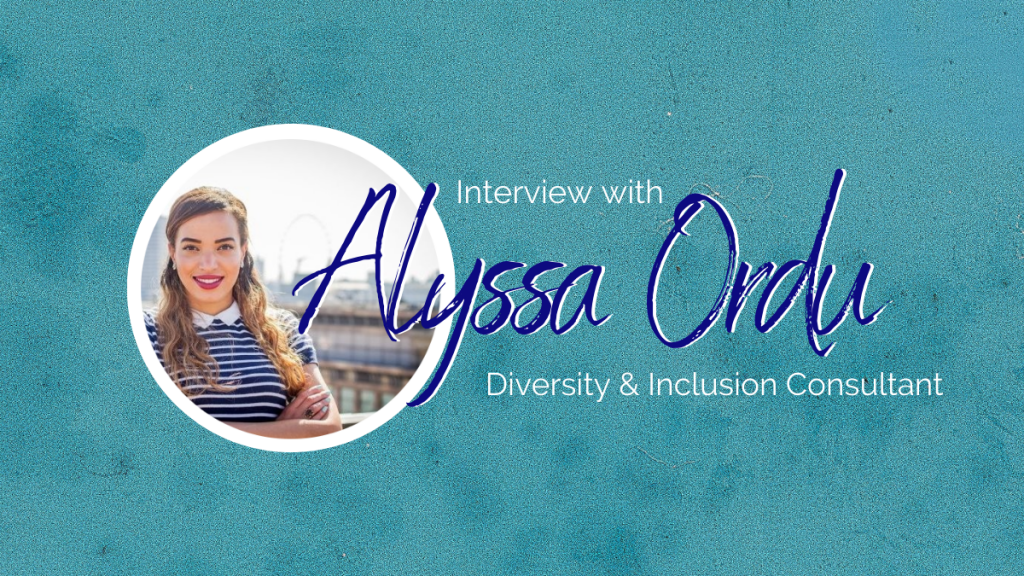

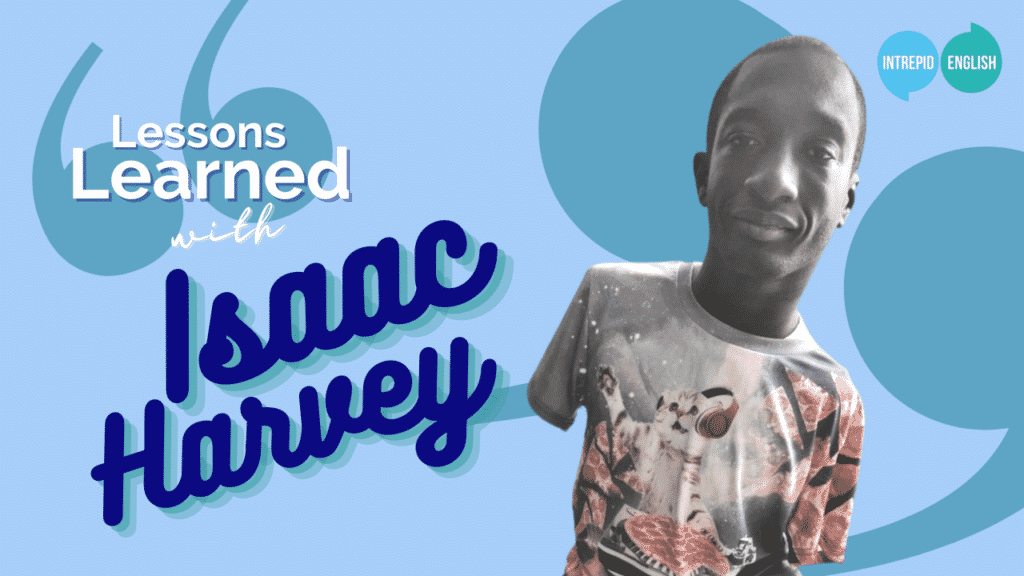

Thank you, Thomas, for this further explanation about the phrasal verbs. I am in the middle of the course (I also followed the one on Facebook) and am overwhelmed by the variety of the “offer: Phrasal Verbs”.
Learning and understanding phrasal verbs (in all languages) also means to me an effort to get to know better the philosophy of a language and thus the mentality of the country and its people. It is sometimes a bit of a struggle, but also a lot of fun.
You’re welcome, Richard and thanks for your comment! I understand how overwhelming learning phrasal verbs can be – there are so many of them! That’s why the course is broken up into different sections, so you can take it step-by-step. You’re absolutely right, as well – learning phrasal verbs is like learning a certain philosophy of language. I’m so glad to hear you’re having fun with the course! One of the best ways to practice phrasal verbs is to make your own sentences. If you have any questions I’d be happy to help.